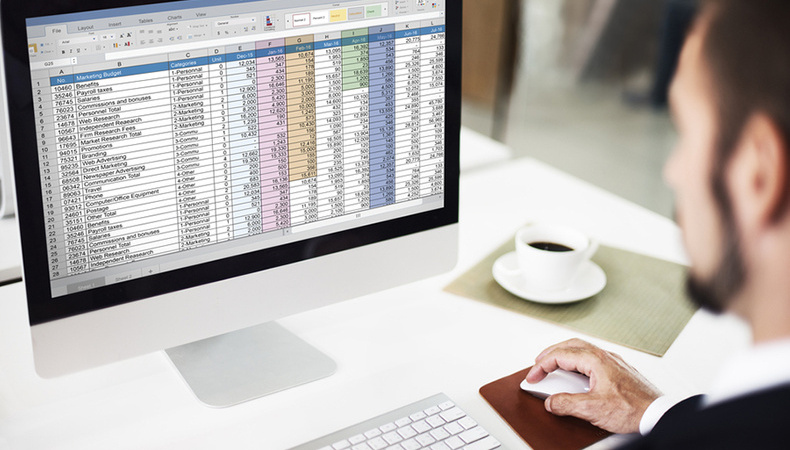Computer says ‘yes’: three key features your pay review software needs

This puts the onus on the HR team to apply a fair and transparent application which can be difficult to keep on top of when dealing with large numbers of employees with varying parameters.
Pay reviews can range from simplistic (such as cost of living (CoL) increase across the board) models to more nuanced (performance ratings, discretionary, pay position), which greatly increases the complexity and application to deliver a fair and equitable outcome.
The pain of spreadsheets
With this complexity often comes pain and this pain is can be exacerbated by a reliance on time-hungry spreadsheets, which need carving up to send to line managers for input, only for HR to have to piece them back together again.
This painful pay review process is leading many HR teams to look for software to help them, giving them more control of how pay review is managed and implemented, more trust in the results, and a credible budget and distribution analysis that gives the chief financial officer what they need for quick approval.
If you are considering implementing a software solution for your next pay review, make sure you pick one that has these three must-have features:
1. Pay pot distribution planning and budget distribution
The initial pay pot sets the baseline and determines how much money can be distributed among employees. If an organisation were to apply a CoL increase across the board it would be relatively easy to assess the cost. However when segmenting employees based on performance, seniority, etc, auto-distribution can be an invaluable tool.
Auto-distribution aims to take all the parameters set around the pay review (such as performance ratings, market or internal pay positioning, internal pay policies) and return the best-suggested % increase matrix for salary increments based on the segmentation of employees and budget set.
This is a handy way to establish the initial distribution and saves the lengthy manual process of working it out.
2. Scenario modelling, with data overlays
Pay review modellers can be clunky and keeping a track of the multiple scenarios and employee groups can be difficult. Your pay review software should make it easy to model and re-run different scenarios with the respective costings at a push of a button.
Additionally, the ability to overlay multiple data points - such as market data, performance ratings or an employee’s positioning under a pay framework or ‘like work’ job roles are important to consider. Software which considers all the metrics which may be used during the pay review process is hugely beneficial in centralising the data and decisions made.
In addition, your software should be able to make discretionary changes outside of the initial allocation or distribution. This is a common practice. However, discretionary increases can significantly skew the initial pay pot, so ensure your software includes a separate discretionary pot away from the distributed pay pot that managers can access.
Scenario modelling allows you to test and look ahead, identifying current and future pay gaps as a result of the application. Where many see pay review as a one-off annual exercise, the right software can allow for future budgeting as well as making the most of the current pay pot.
3. Defined user permissions
User permissions can be an easy but vital way to share information around line managers and HR staff. Permissions can be set to control the accessibility of the insight to each user – for example, so that line-managers can only see their colleagues to enable pay decisions, or to control and customise the insights available to each user, eg in terms of showing the impact of the proposed pay review from a pre and post-application.
This helps engage managers in the pay review process and also centralise all decisions across the organisation rather than sending and collating spreadsheets. This, paired with the ability to access it at any time and the accompanying charts and reports can make using the right software invaluable.
In essence, third-party tools can turn a pay review into a collaborative, secure and structured process.
The author is Mark Macoun, reward consultant, Innecto Reward Consulting
Article provide by Innecto Reward Consulting
Supplied by REBA Associate Member, Innecto Reward Consulting
The UK’s largest independent pay and reward consultancy, transforming pay into performance.







